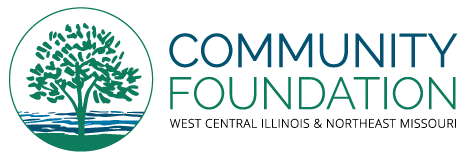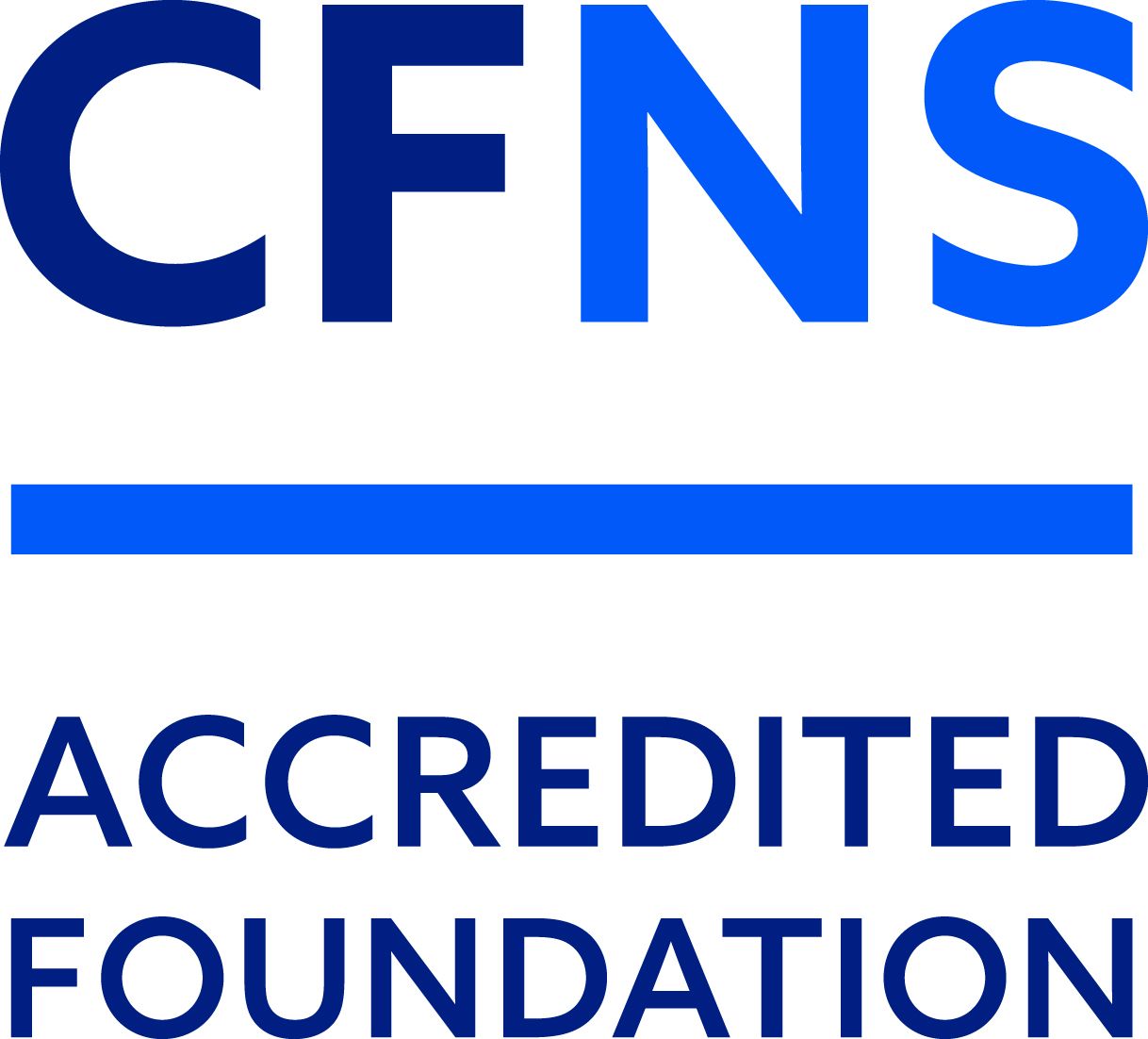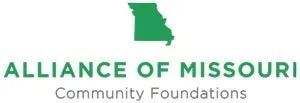
Program Blog – June 2022
Every donor who partners with us to create a charitable fund wants to do good for our community. After all, our mission is “Connecting people who care with causes that matter.” But, digging deeper, we know from working with donors that each has their own specific cause(s) and priorities. So, what are the common threads, and “why’s” of each? Are there, in fact, commonalities and trends during these times? And, how has the COVID pandemic affected levels of giving in the United States?
In June, we were fortunate to be able to host Bryan Clontz, a former Community Foundation vice president (Atlanta), unique charitable gift expert, and professional speaker. He is the founder of Charitable Solutions, LLC. For those attending our professional advisor seminar and donor dinner this month, we hope that you found inspiration from his presentations. We know that we recognized some trends he mentioned running parallel to our experience locally in western Illinois and northeast Missouri.
Overall Giving Did Not Decrease During COVID
Common Thread #1: Americans are great at responding to need! With the added stresses on small businesses including non-profits, difficulties in staffing, and the general uncertainties of day-to-day life during the peak of the pandemic, many people expected charitable giving to drop off. While that may have been true for some sectors, overall there was actually a 10% INCREASE in charitable giving. In fact, findings from the University of California San Diego show that in counties experiencing greater threats from COVID, 78% of them had increases in giving with human services charities benefiting the most. Forbes reports that charitable giving reached $471 billion in 2020, breaking records. According to the Almanac of American Philanthropy, Americans donate about seven times more per capita than Europeans. In the words of Clontz, “Americans are freakishly generous.”
Our Community Foundation has recognized these trends locally based on grant recommendations from our donor advisors, who saw an increased need and took action with their fund, including a focus on human services and operating support to help nonprofits weather the storm. Further, we were able to shift our usual grant programs to specifically respond to the pandemic and needs of our nonprofits. All told, together with our donors, we were able to grant a record amount – more than $2 million in 2020.
Donors Continue to Become More Sophisticated
Common Thread #2: The playing field is changing, both in philanthropy and in how charities interact with donors. Let’s talk about donor advised funds (DAFs). These are funds which allow donors to recommend grants – at any time throughout the year – in response to needs, opportunities, and their charitable interests. The trending increase in number of donor advised funds is notable, with numbers growing from 290,111 in 2016 to more than one million in 2020 as noted in the National Philanthropic Trust 2021 donor advised fund report.
There are too many advantages to this approach to list them all here, but the ease of use, tax advantages, and flexibility is often reason enough to pursue a donor advised fund. They also allow you to track your giving and more easily make gifts of non-cash assets to fuel charitable giving. Further, they are an excellent tool for family philanthropy and your Community Foundation provides personalized support to reach your charitable goals.
The Kids Are All Right!
Common Thread #3: There are BIG differences in how the upcoming generations approach giving! Donors and charities should start recognizing these differences to gain a full understanding of where they fit in the big picture. Each generation has different attitudes and capacity for giving. Not only that, but demographics play a factor (Women, generally living longer than men, are often making the final estate plans for traditional marriages and are often left with the largest estate gifts to manage).
According to Clontz, there are only a few years left before there will be no more “depression era” donors remaining. That is a weird concept for the GenXer writing this blog. Believe me! I grew up hearing so much about the Great Depression but had a hard time relating to the devoted “saving” attitudes of my grandparents.
On the opposite side of the generational spectrum, we have young people who have NEVER NOT KNOWN SOCIAL MEDIA! That’s hard to understand for the older generations. For GenZ, there is less interest in the large, traditional national campaigns that resonated with depression era donors. They are more likely to respond immediately to a perceived need by quick crowd-funding through gofundme.com or Facebook. The good news is that, according to Forbes, almost 75% of Millennials consider themselves philanthropists, as opposed to only 35% of Baby Boomers. That is great news for charitable causes of the future!
We hope you were able to attend one of our seminars in June, but if not, I want to direct you to the blog page at www.charitablesolutionsllc.com/blog/ as well as our own website www.mycommunityfoundation.org. There is much valuable information on these pages and links to even more resources related to charitable giving. And, as always, feel free to reach out to your Community Foundation with questions, and let us help connect you with causes that matter!
On a mission,
Kent A. Embree
Program Officer



